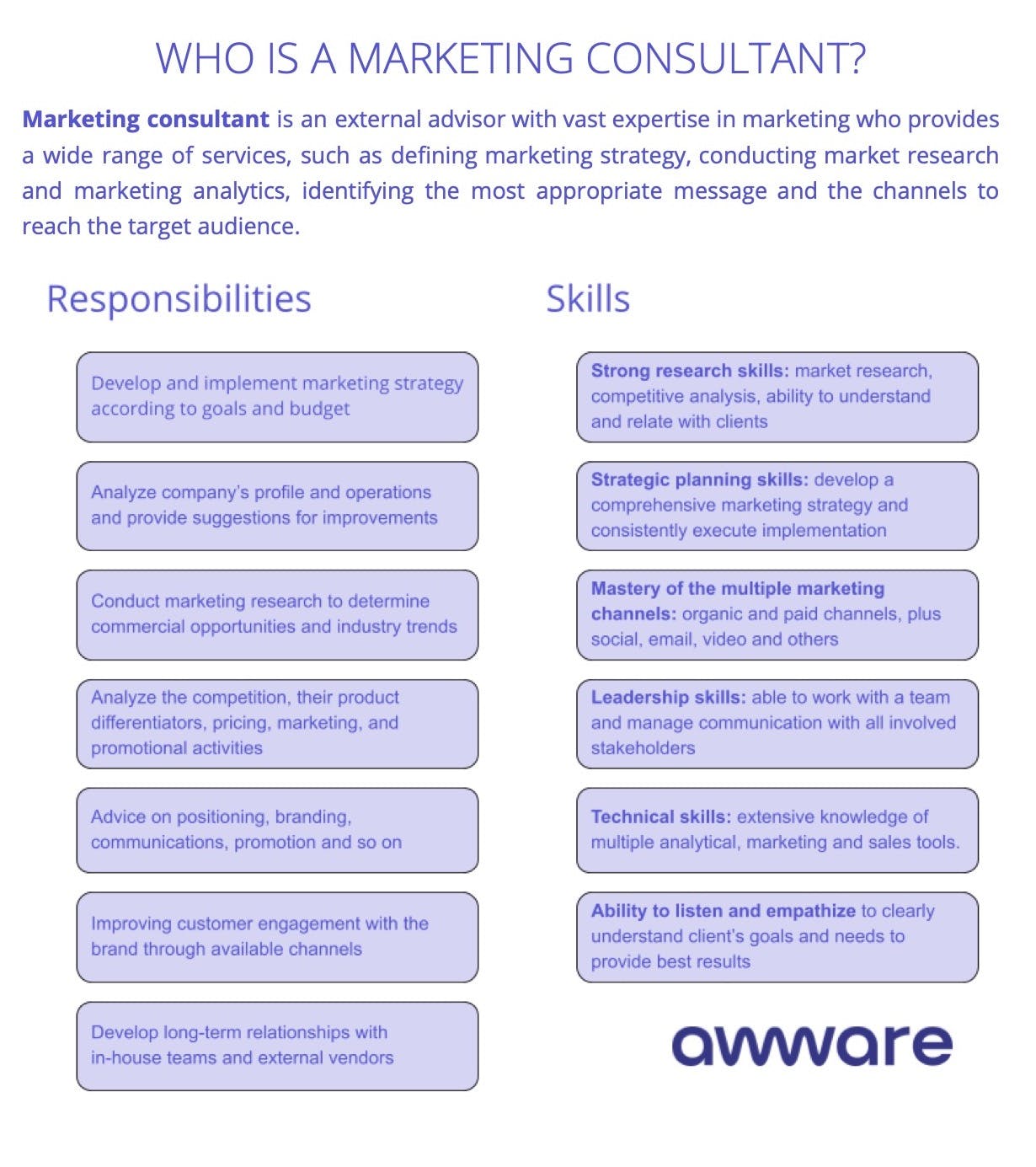
IBM is a major name in technology. The company has a rich history. The company was founded in 1911. It celebrated its centenary by releasing a series featuring 100 people who explain the company's contributions. Joe Pytka directed "100x100", while Errol Morst, a documentary filmmaker who won an Academy Award, shot "They Were There". Philip Glass' music was featured.
ibm's Hollerith punch card
IBM's Hollerith Punch Card was inspired by a system used in textile manufacturing as early as 1725. Joseph Marie Jacquard adopted this method in order to create a silk picture. Semenkorsakov used punch cards to keep information in 1832. IBM's Hollerith punch card would be used to record census data, and would ultimately lead to the formation of IBM.
In 1933, IBM formed a strategic alliance with Nazi Germany. The company's subsidiaries played a significant role in the development of various Nazi-era technology enabling technologies. German authorities needed a way of quickly and accurately identifying Jews to ensure that they could be targeted for annihilation. This was made possible by IBM's Hollerith punch card machines.
The magnetic stripe for ibm
IBM's story with the magnetic stripe began when an engineer tried to devise a way of attaching magnetic media onto plastic cards. His wife suggested a new solution. He had heard of magnetic tape and thought it would be simple to combine them. She suggested melting the magnetic stripe onto the plastic card. This technology was first used by IBM for commercial purposes.

The company wanted to establish a system that could record financial information and personal identity. They wanted to be able to decode personal data, making it easier for people to access that information. They assembled a team that included researchers to help them develop the system. IBM began rolling out employee ID cards as well as bank cards after the team completed their work.
IBM's first computer
Arthur Rackham, a pioneer in the introduction IBM computers, was born April 5, 1911. He was an entrepreneur. Later, he was named the head of IBM’s research and development department.
The United States Air Force asked IBM for an electro-mechanical bombsight to be developed during the war. But, IBM was still uncertain about the future prospects of electronic computing. Tom Watson, Jr., felt then that IBM was not moving fast enough toward electronics. He had an idea for an electronic computer that could perform scientific computations.
IBM's research
The IBM Archives shows the company’s growth and achievements over the years. IBM currently employs 195,000 technical personnel and has 350 Distinguished Engineers as well as 60 IBM Fellows. NetObjects Technologies was acquired by the company. Many of its products can now be used in the business world.
The company's sales rose steadily. It was considered a giant by Wall Street at the time. By 1984, profits at the company had risen by almost $16 million. Wall Street loved IBM Corporation. IBM was also viewed as the only company able to compete with Japanese firms. It was even the subject of a bestseller.

IBM's stock-purchase plan
The IBM Stock Purchase Plan is an option that allows eligible IBM employees and their dependents to purchase company stock. Originally, IBM employees were paid 85 per cent of the average market price during the offering periods. IBM changed the terms to the plan in 2005. Eligible participants can now purchase full or partial shares of IBM stock at five percent off the average daily market price.
Any shares purchased under this Plan are eligible to be resold at anytime. This process may be stopped in certain cases. These shares can be bought from the open markets or treasury.
FAQ
What jobs are available as consultants?
You will need to be able to understand business strategy and operations if you want to work as a consultant. You must also understand how businesses operate and how they fit into society.
To be successful as a consultant, you must have strong communication skills and an ability to think critically.
Consultants need to be flexible as they might be assigned different tasks at different times. They should be able change direction quickly, if required.
They must be willing to travel for their clients. This type of work can take them all over the world.
They should also be able manage stress and pressure. Sometimes consultants are required to meet tight deadlines.
Consultants may work long hours. You might not always be paid overtime.
What is the average price you should charge for a consulting job?
It depends on what service you provide. If you are providing services for free, then there isn't any point in charging anything. You must charge for services or products if you want to sell them.
If you are offering low-quality services, you don't have much to sell. You are not worth anything, so why should anyone pay you anything.
You might be able ask for a more expensive price if your services are of high quality. People recognize the value in you offering. Customers who buy multiple services from you may qualify for discounts.
How did modern consulting come to be?
The first consultants were accountants who helped companies manage their finances. Because they were skilled in managing financial information, they became "accounting consulting". The role soon expanded to include other areas, including human resources management.
The French word "to advise" is the origin of the term "consultant". It was first used by businessmen to refer to someone who could give advice about how to run an organisation. In fact, most business owners today still use the word consultant when referring to any kind of professional advisor.
Consulting is it a job?
Consulting is not only an entry-level profession for those looking to make fast money, but it's also an excellent way to acquire valuable skills that you can apply throughout your career.
Consulting offers various opportunities from project management, business development, strategy, training, and leadership roles. Projects could include small start-ups or large international corporations.
Consulting provides you with the opportunity to develop and hone your skills, as well as gain experience within a range of industries. This could mean learning to manage teams, negotiate contracts, write proposals, manage budgets, analyze data, create presentations, conduct market research, and much more!
Statistics
- My 10 years of experience and 6-step program have helped over 20 clients boost their sales by an average of 33% in 6 months. (consultingsuccess.com)
- According to statistics from the ONS, the UK has around 300,000 consultants, of which around 63,000 professionals work as management consultants. (consultancy.uk)
- Over 50% of consultants get their first consulting client through a referral from their network. (consultingsuccess.com)
- So, if you help your clients increase their sales by 33%, then use a word like “revolution” instead of “increase.” (consultingsuccess.com)
- "From there, I told them my rates were going up 25%, this is the new hourly rate, and every single one of them said 'done, fine.' (nerdwallet.com)
External Links
How To
What does a typical day look like for a consultant?
A typical day will vary depending on the type of work you are undertaking. You'll spend your time researching new ideas and meeting clients.
Clients will often meet with you to discuss their problems. These meetings can be held over the telephone, online or face-to face.
It is possible that you will be asked to write proposals. These documents outline your ideas and plans, and are required by clients. You'll need to discuss your proposals with a mentor, colleague, or friend before you present them.
After all the preparation and planning, it's time to actually create some content. You might be creating articles, videos, editing photos, writing interviews, or designing websites.
You may need to conduct research depending on the scope of your project to find relevant statistics and figures. For instance, you might want to find out how many people you have and if they are buying more than just one product or service.
Once you have gathered enough information, it's time to present your findings to clients. Your findings can be presented orally or written.
After your initial consultation with clients, you need to keep in touch. You could phone them occasionally to check on things or send an email asking them to confirm that you have received their proposal.
This process takes time, but it's important to ensure that you stay focused and maintain good relationships with clients.